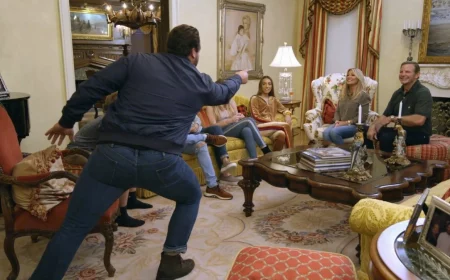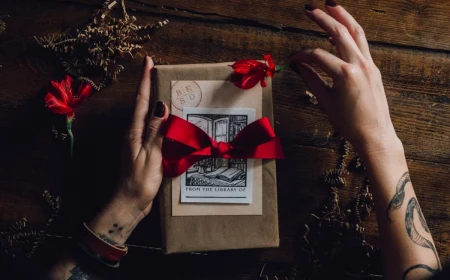Couple’s Costumes That Don’t Suck: A Pro’s Guide to Nailing It Together
I’ve been in the costume world for a long, long time—first for stage productions and now for all sorts of private events. And every year, like clockwork, the requests start rolling in. People are tired of the flimsy costume-in-a-bag. They want to create a moment. This is especially true for couples.
In this article
Honestly, a great couple’s costume has nothing to do with wearing identical outfits. It’s about telling a story together without having to say a single word. It’s a tiny performance, and you’re both the stars.
So, this isn’t going to be another boring list of ideas. I’m going to walk you through how we actually do it in a professional shop, from the ground up. We’ll cover how to land on a concept that works for both of you and then get into the materials and little tricks that make a costume look incredible. Let’s get to the fun part.
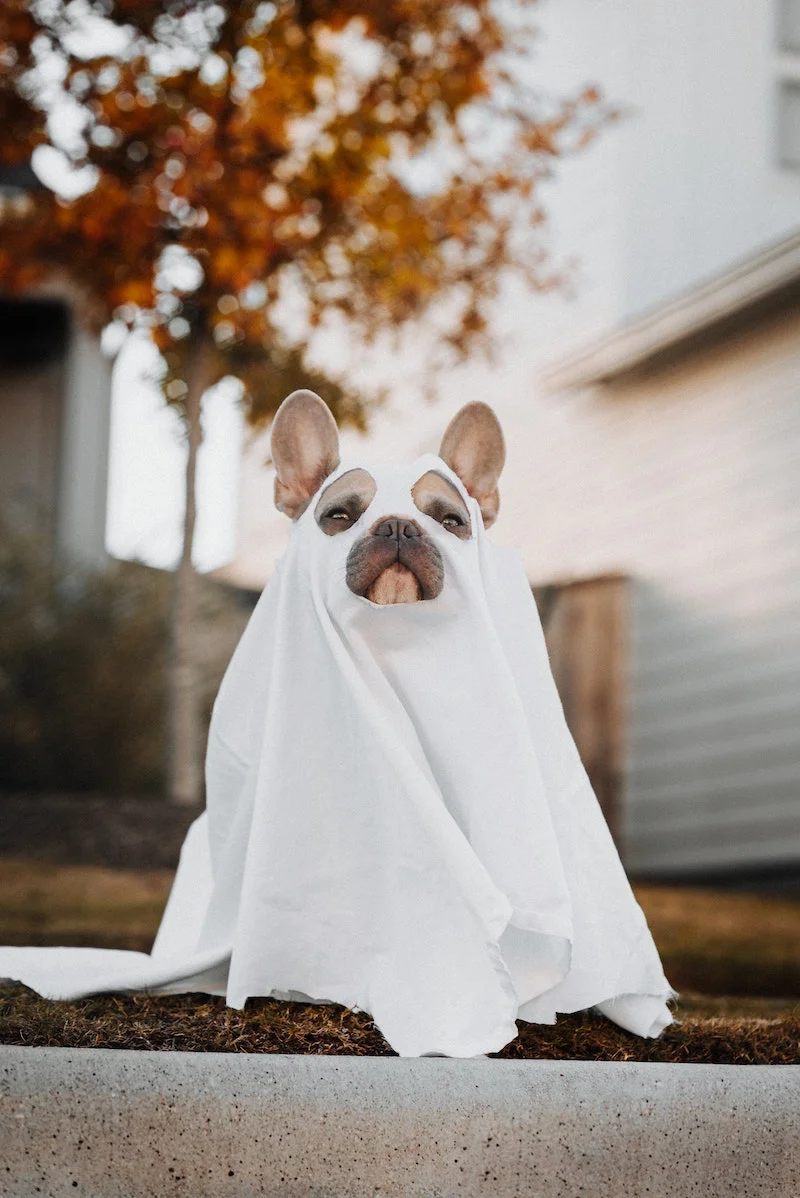
First Things First: Nailing the Big Idea
The best ideas can fall apart if the foundation is shaky. Before you even think about touching a sewing machine or a glue gun, you need a solid concept. A great couple’s costume has to hit three key things: it needs to look right together, tell a clear story, and be something you can actually survive a party in.
Visuals and Storytelling
Your costumes have to feel like they belong in the same universe. We call this visual harmony, and you can achieve it with a shared color scheme, similar shapes, or textures that play off each other. Think about a classic gothic romance pair—their shared, sleek, black color palette is what ties them together. But his sharp, structured suit is a perfect counterpoint to her slinky, flowing gown. They belong together, but they aren’t just copies.
So, what’s your story? Are you a famous hero-and-sidekick duo? A pair of well-known rivals? A classic plumber partnership from a video game? The clearer that dynamic is, the bigger the impact you’ll have. When the story is strong, people “get it” instantly, and you won’t have to spend half your night explaining your costume.
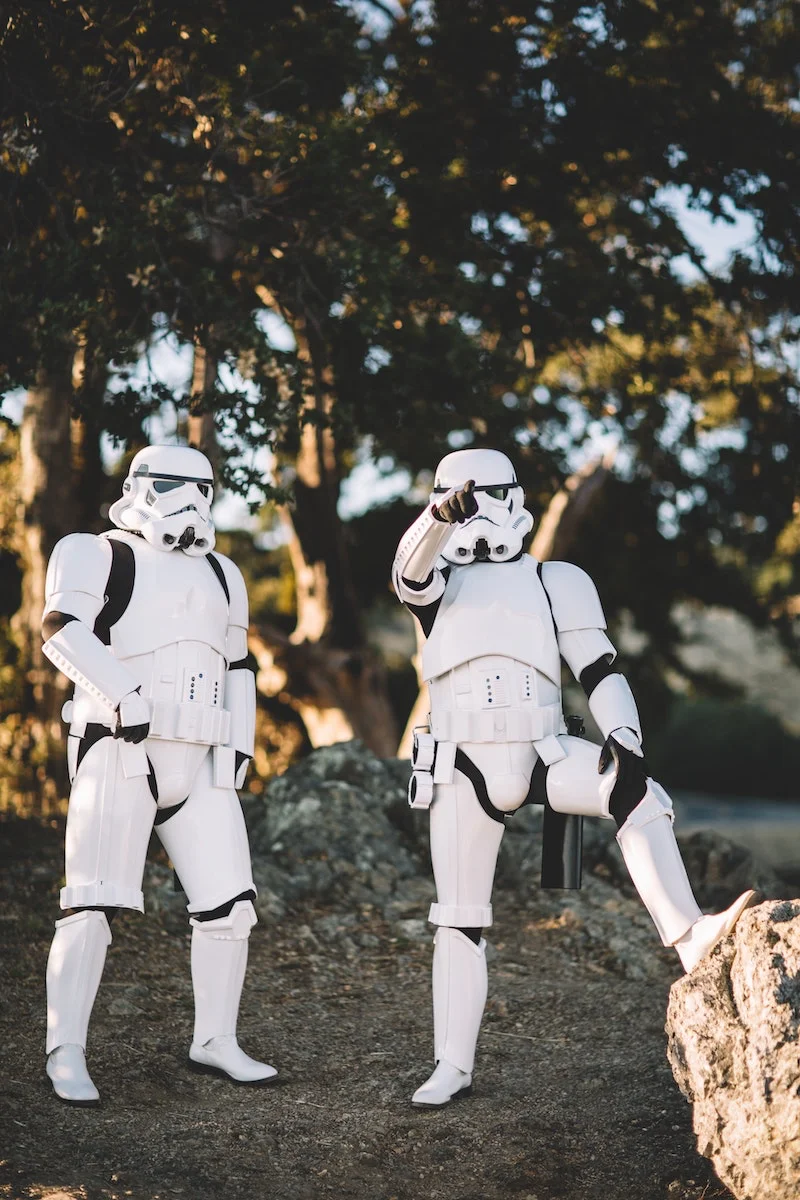
Let’s Be Real: Comfort and Practicality
This is the part everyone forgets, and it’s easily the most important. I once designed a breathtaking suit of armor for a client. It looked phenomenal… while he was standing perfectly still. The guy couldn’t sit down, and he couldn’t even bend his arms enough to grab a drink. He was miserable in less than an hour. A costume is only a success if you can actually wear it.
Before you commit to an idea, ask yourselves these questions:
- Movement: Can we walk around, sit down, and maybe even dance a little? How will we handle a crowded room?
- Vision: Can we actually see? Masks and helmets are notorious for killing your peripheral vision, which is a genuine safety hazard in a dark or crowded space.
- Temperature: Are we going to overheat? A full-body foam suit or a giant mascot head can get dangerously hot, especially at an indoor party.
- Basic Needs: Can we eat, drink, or use the restroom without a 20-minute deconstruction project?
By the way, that last one is critical. A quick pro tip: We always design costumes with an ‘escape hatch’ in mind. This usually means installing hidden heavy-duty Velcro seams or strategically placed zippers in discreet spots. Seriously, plan your bathroom strategy before you sew everything shut!
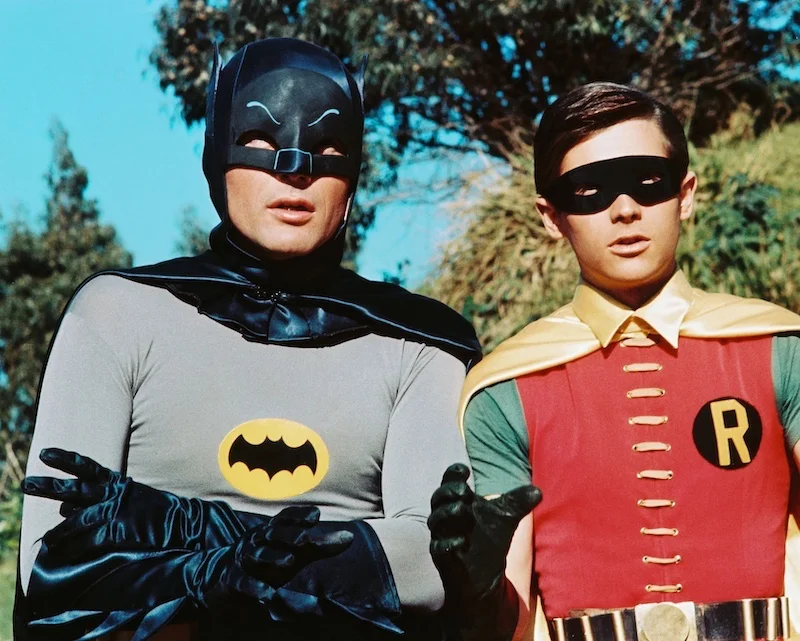
Your Three Paths: Buying, Assembling, or Building from Scratch
Okay, so you have your concept. Now, how do you bring it to life? You’ve basically got three options, each with its own trade-offs in terms of cost, time, and effort.
The first path is the easiest: buying it. You find a costume set online or at a store, and you’re done. It’s fast and convenient, but it can be surprisingly pricey and, well, a bit generic. Expect a decent set to run you anywhere from $80 to $200. But even if you go this route, you can still make it unique. A lesser-known trick we use is to take a store-bought piece and give it a 20-minute upgrade. Swap the cheap plastic buttons for real metal ones from a craft store. Lightly scuff the fabric with some sandpaper to give it a more realistic, ‘worn-in’ look. And for goodness sake, replace the flimsy string on that mask with a sturdier elastic band. Little changes make a huge difference.

Your second option, and honestly my favorite for most people, is assembling it. This is where you mix and match, combining store-bought pieces with items you already own or find at a thrift store. It’s the sweet spot between creativity and convenience. You can put together something truly unique without needing to be a master seamstress. Your best friends here are local thrift stores for base layers (jackets, pants, dresses) and online marketplaces like Etsy for those perfect, one-of-a-kind handmade accessories. A realistic budget for an assembled costume is usually somewhere between $50 and $150.
And then there’s the final boss: building it from scratch. This is for the ambitious! You’re working from patterns, cutting fabric, shaping foam, and maybe even doing some painting. It offers total creative freedom but requires the most skill and time. For materials, you’ll be hitting up places like Joann, Fabric.com, or even hardware stores for things like EVA foam. Be prepared for the investment—it’s not unusual for material costs alone to start at $200 and go up from there, especially for intricate designs.
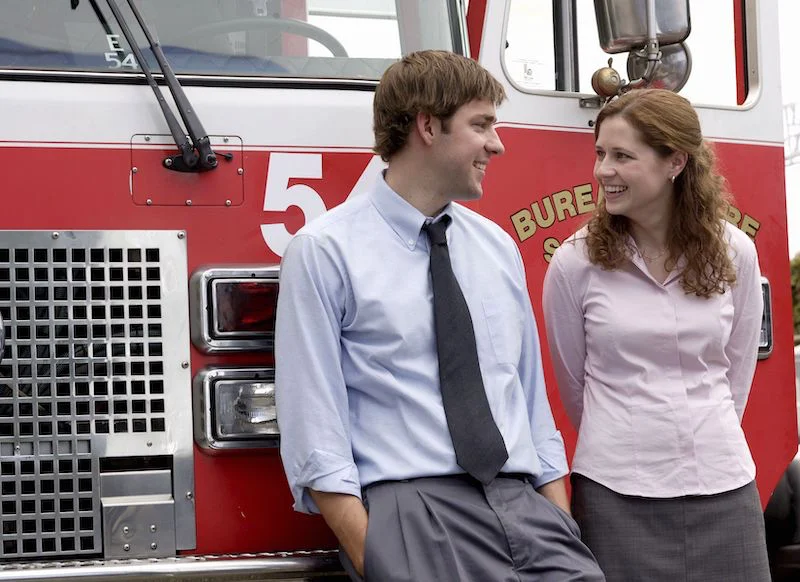
I’ll never forget a couple who came to me with the simple idea of being peanut butter and jelly. It was a masterpiece of assembly. We started with simple brown and purple outfits from their closets. Then, we created two giant, stylized ‘bread slice’ props out of lightweight foam that they could carry or easily put down. The whole thing was comfortable, affordable, instantly recognizable, and an absolute hit. They could dance, eat, and mingle all night. That, right there, is a successful costume.
Inspiration:
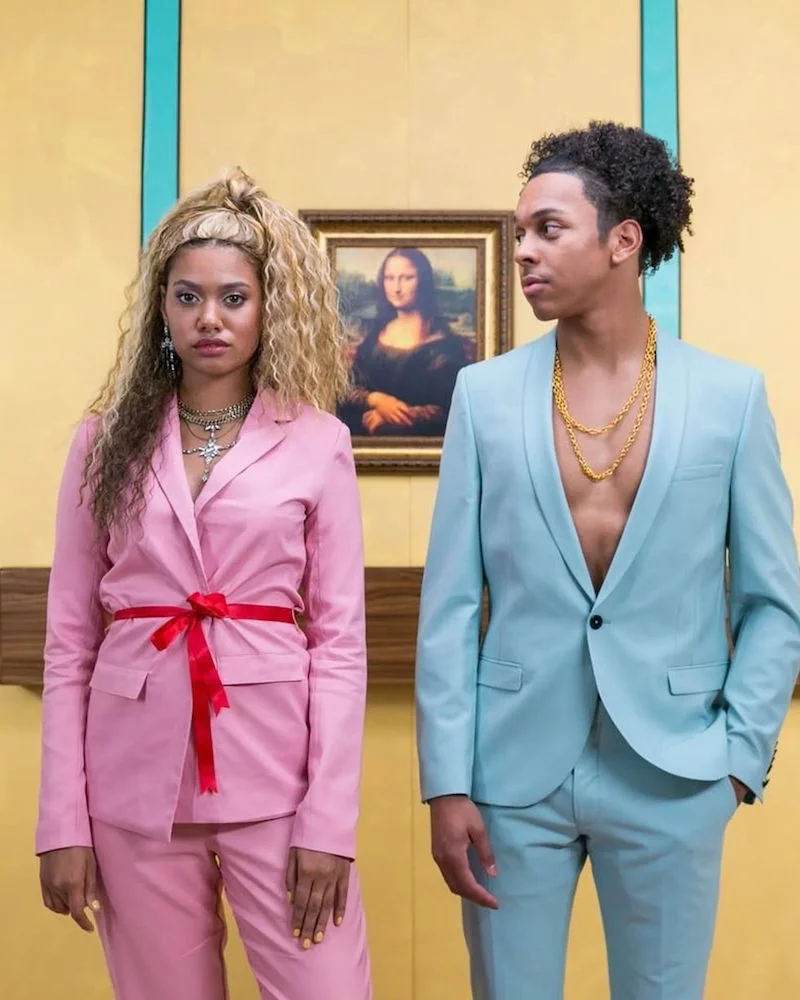
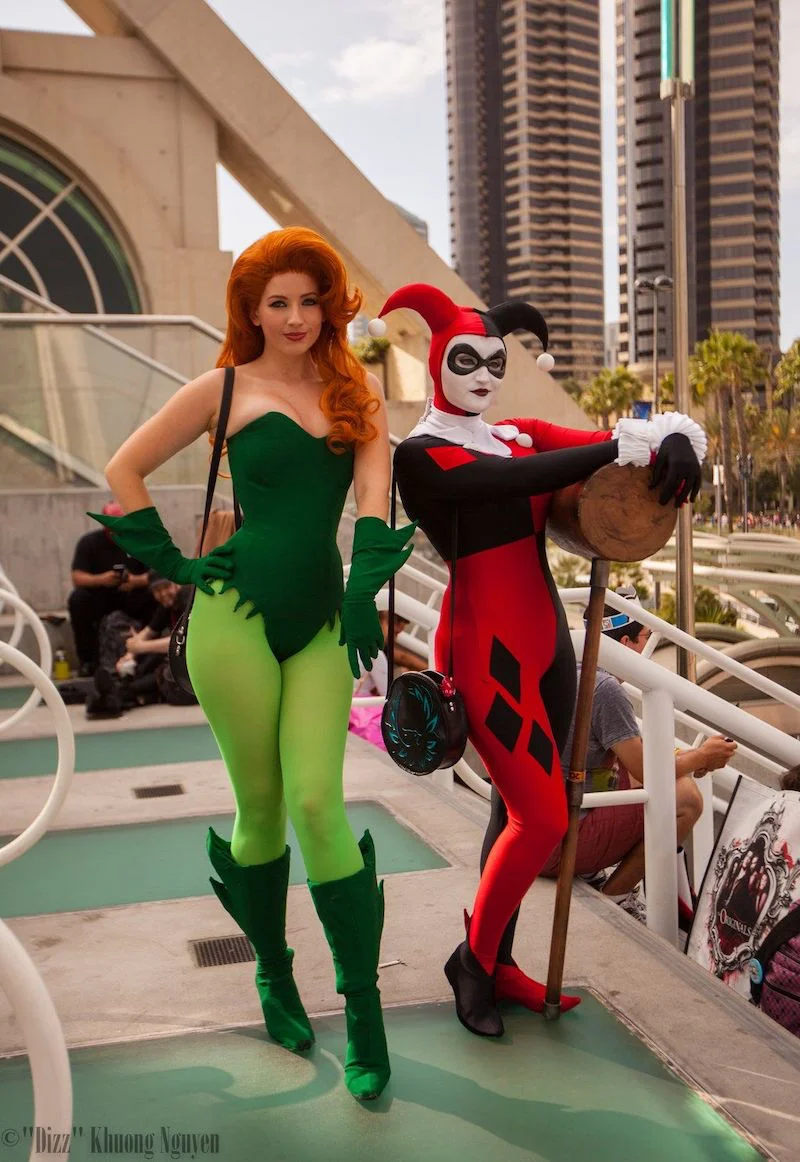
Your On-the-Go Costume Fix-It Kit: Don’t leave home without a small pouch containing safety pins (various sizes!), double-sided fashion tape for surprise slippages, a mini hot glue gun if you can manage it, and a black and a silver Sharpie. They can mask scuffs on props or fill in makeup gaps in a pinch.
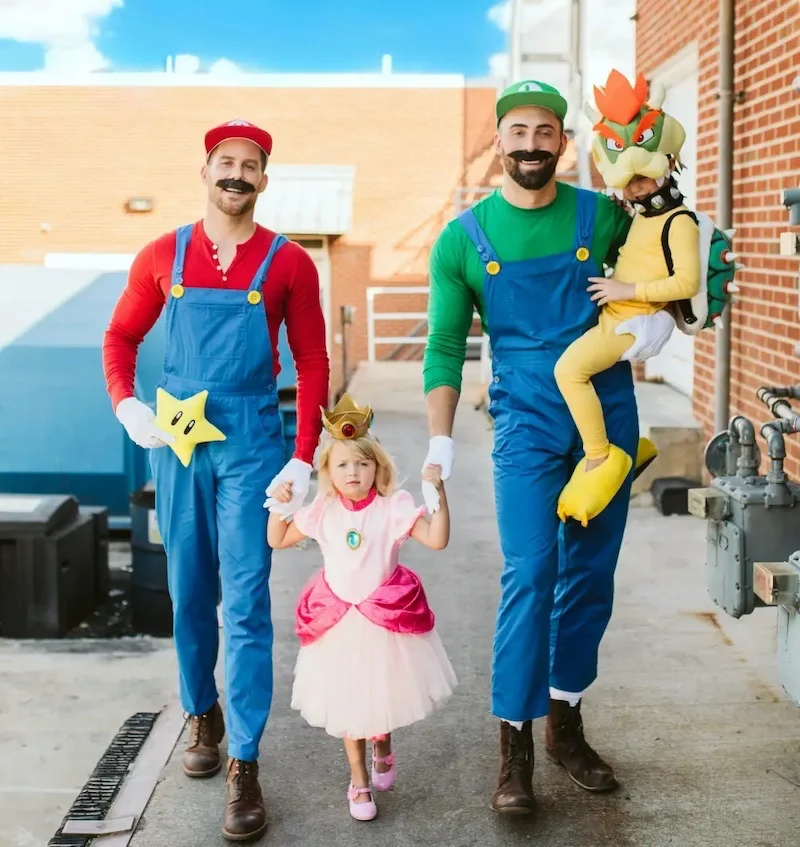
A 2012 study in the Journal of Experimental Social Psychology confirmed the principle of “enclothed cognition”—that the clothes we wear directly influence our psychological processes and how we feel.
When you and your partner dress in a coordinated theme, you’re not just wearing costumes; you’re stepping into a shared mindset. This psychological sync-up is what creates that magnetic, unspoken chemistry that turns heads at a party.
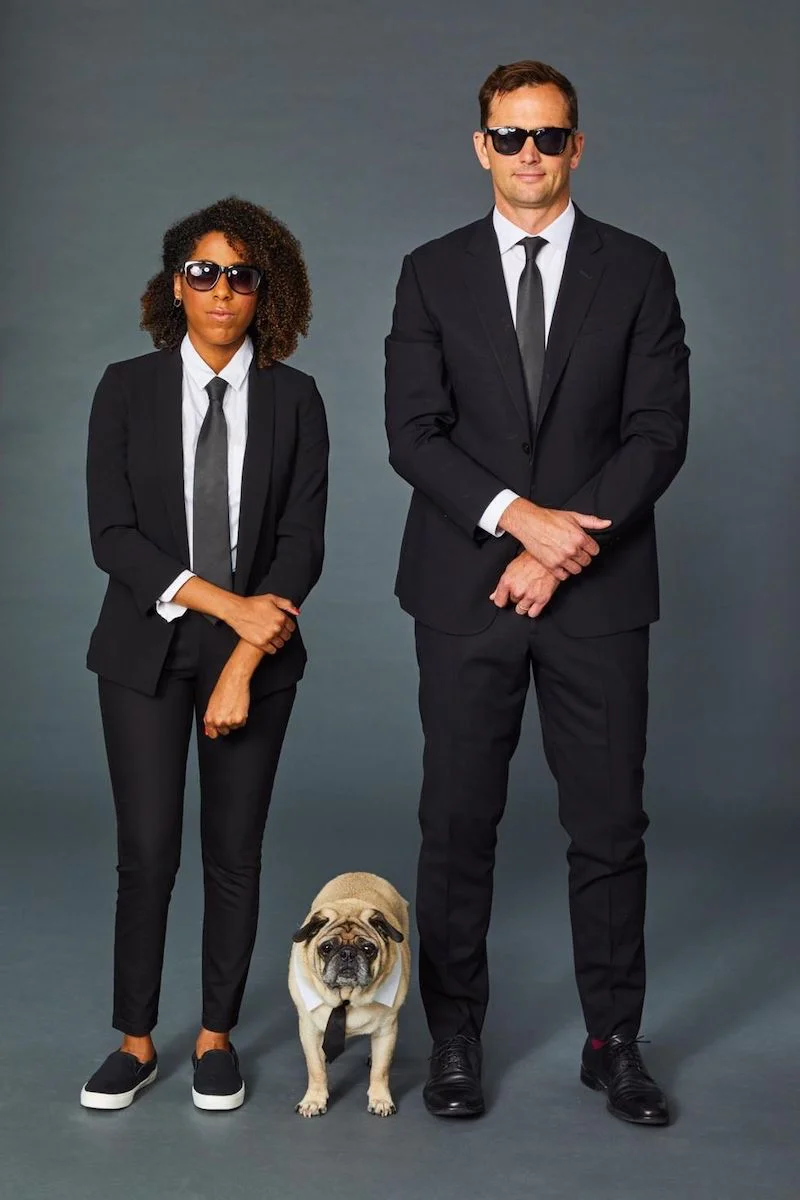
The secret to a costume that feels lived-in and real? Weathering. A pristine Star-Lord jacket or a brand-new Harley Quinn bat looks like it just came out of the box. Spend an hour making it look like it’s seen some action. A light dusting of brown and black spray paint from a distance, a few strategic scuffs with sandpaper, and a wash of watered-down black acrylic paint in the seams can transform a costume from good to absolutely phenomenal.

Our heights are totally different—will it ruin the look?
Absolutely not! Use it to your advantage. Lean into character dynamics where height difference is a feature, not a bug: think Lurch and Morticia Addams, a Jedi Master and a Jawa, or even Jack Skellington and Sally. Alternatively, discreet platform shoes or inserts like those from GNALI can add a few inches without looking obvious under boots or long pants.
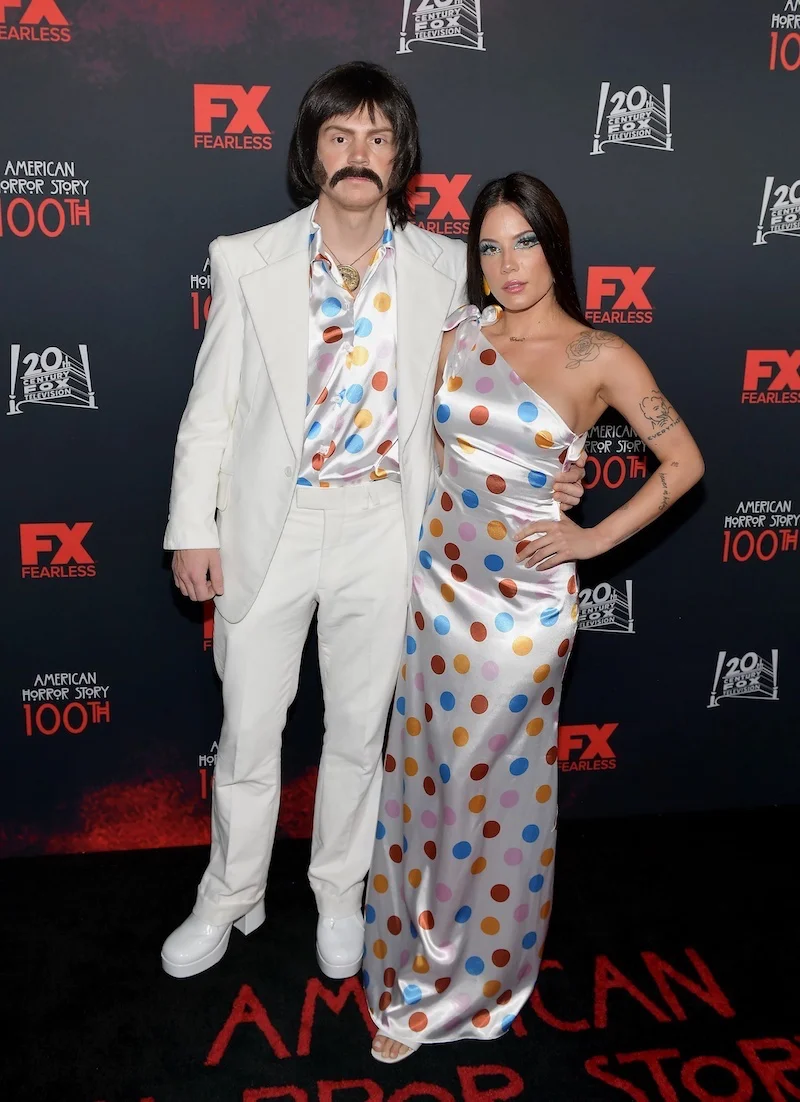
EVA Foam: The go-to for bulky armor pieces like shoulder pads or chest plates. It’s lightweight, affordable (check out TNT Cosplay Supply), and relatively easy to cut and shape with a heat gun.
Worbla: A thermoplastic that’s more expensive but incredible for detailed work, curves, and durability. It’s self-adhesive when heated, making it perfect for covering foam bases or creating intricate accessories like crowns or gauntlets. For a first try, Worbla’s Meshed Art is more tear-resistant.
For most projects, a combination of the two is the professional’s choice.
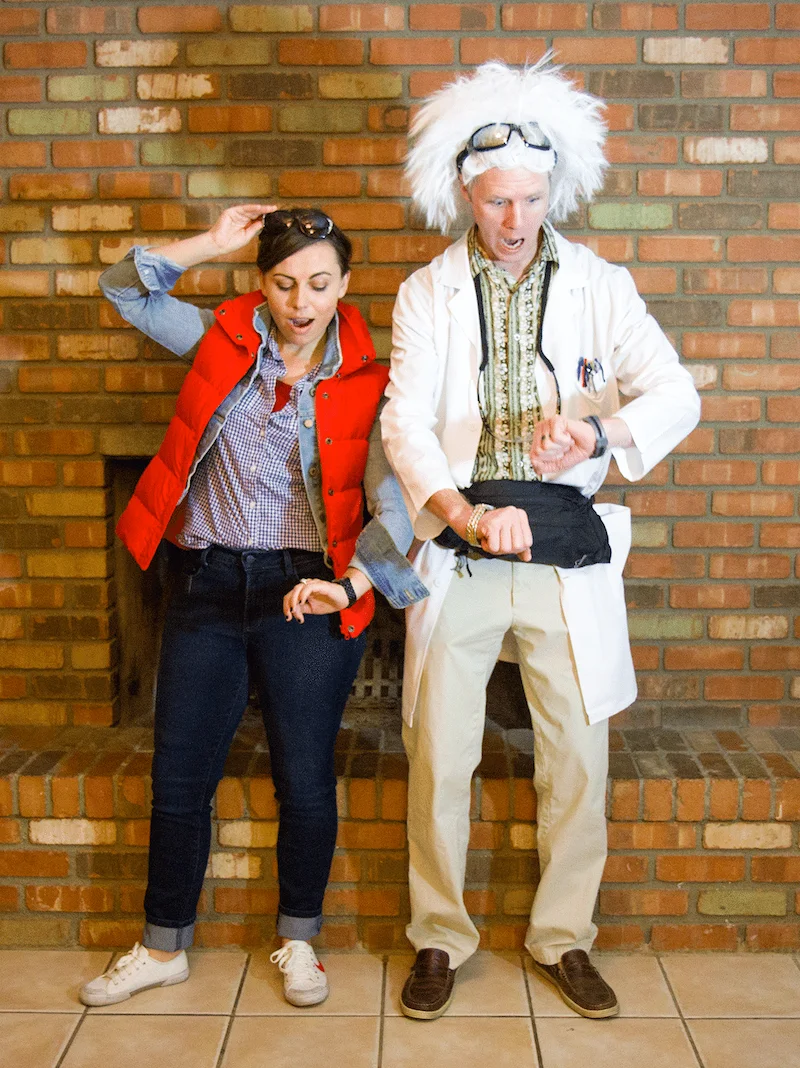
- Vibrant, perfectly matched colors on both outfits.
- Fabric that feels soft and custom, not cheap and scratchy.
- The ability to buy simple, well-fitting base garments and transform them.
The secret? A good quality fabric dye. By dyeing two plain white cotton outfits with the same batch of Rit Dye, you achieve perfect color harmony that you can never find in stores. It’s the single best trick for making separate pieces feel like a cohesive whole.
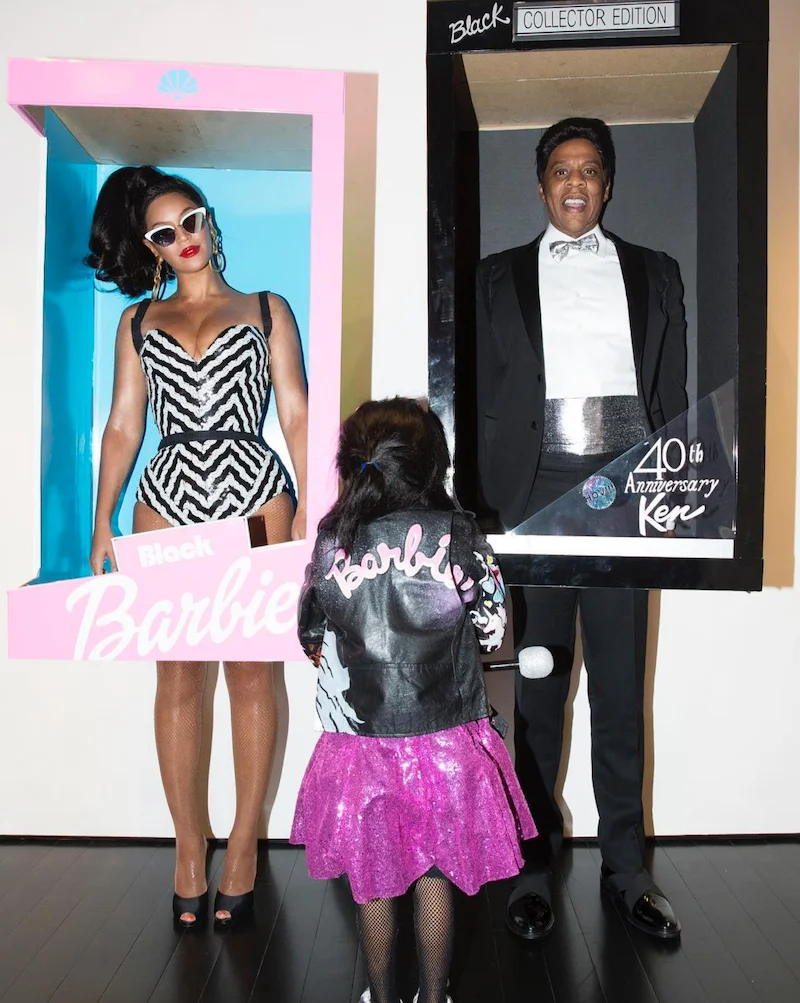
Don’t underestimate the power of cohesive makeup. Even if you’re going as characters from different factions, like an angel and a demon, using one shared element ties you together. Maybe it’s the same brand of dramatic glitter on both of you (like Lemonhead LA’s Spacepaste), or a shared color—his demonic eyes outlined in the same metallic gold you use as a heavenly highlight. It’s a subtle link that the brain registers as intentional and polished.
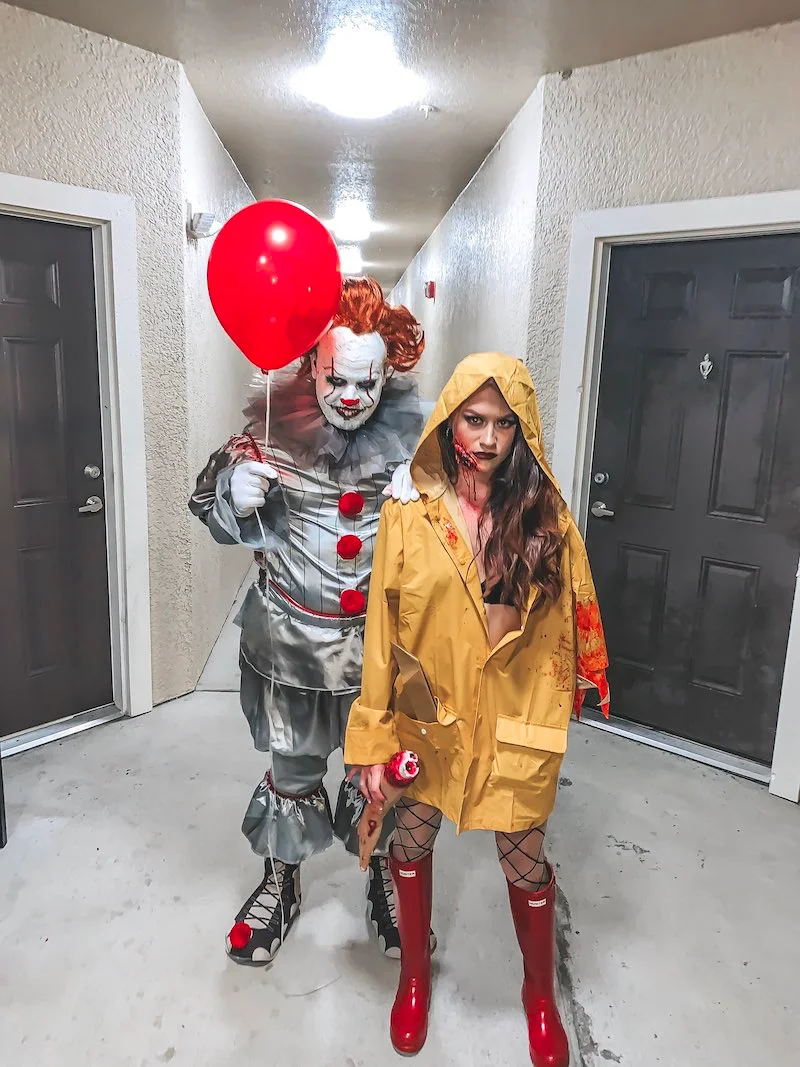
According to a 2022 Fandometrics analysis, over 60% of the most popular ship-related fan content involved characters who were partners or rivals, not just romantic pairs.
This shows that the most compelling duos often have a dynamic that’s about more than just love. Think rivals like Thor and Loki or iconic partners like Sherlock and Watson. These non-romantic pairings often make for more interesting and unexpected couple’s costumes.
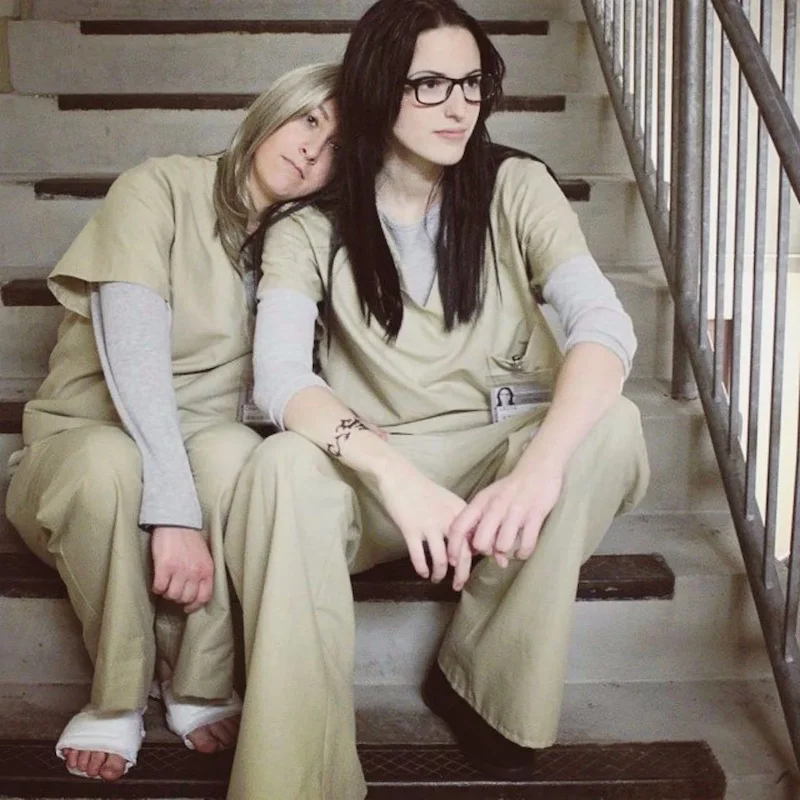
The Thrift Store Goldmine: Before you buy anything new, hit up your local Goodwill or Savers. The men’s suit section is a treasure trove for oversized blazers (perfect for a Beetlejuice or Joker base), while the wedding/prom dress aisle can provide incredible raw material—tulle, satin, and lace—for a fraction of the cost. Look for structure and fabric, not the style itself.
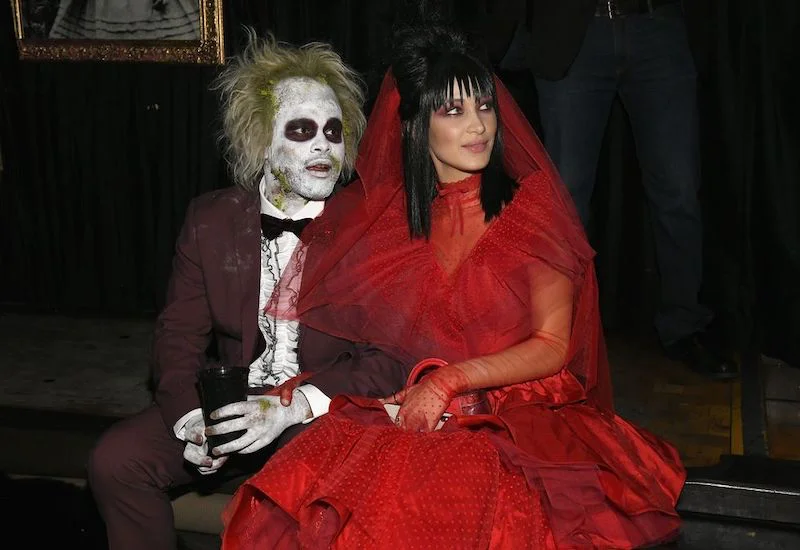
When your budget is tight, focus your money and effort on one “hero” piece per costume. For a ‘Men in Black’ duo, splurge on high-quality, authentic-looking sunglasses and a great prop neuralyzer. The rest can be simple black suits you already own. For Gomez and Morticia, invest in a perfect wig for her and a quality cigar prop for him. These signature items are what sell the entire illusion.
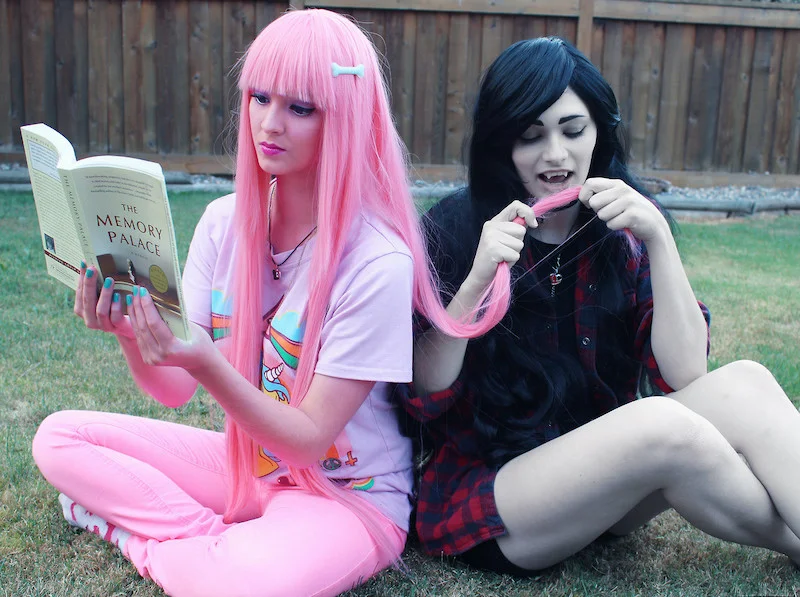
Important point: Your hands give the game away. You can have an incredible costume, but if your hands are bare, the illusion is broken. Simple gloves can work wonders. For creature costumes, a bit of body paint on the hands to match your face is essential. For historical figures, a signature ring or even a touch of dirt under the nails can complete the character from head to toe.
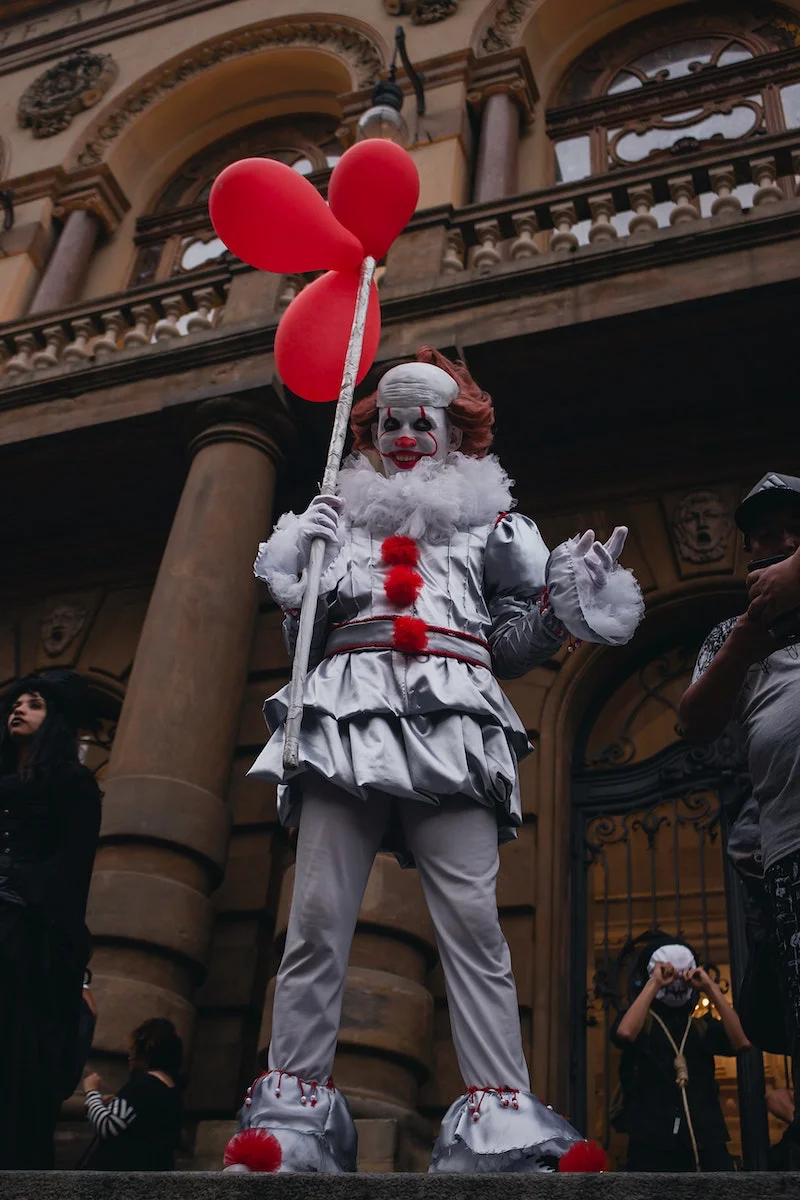
Tired of the same pop culture rotation? Look to history or art for inspiration. Think Frida Kahlo and Diego Rivera, with their vibrant, contrasting aesthetics, or the sleek, dangerous glamour of Bonnie and Clyde. These concepts have a timeless appeal and offer a chance to play with beautiful vintage silhouettes and textures that stand out in a sea of superheroes.
- Store costume wigs on a foam head to maintain their shape.
- Wrap delicate props or armor pieces in bubble wrap and keep them in a clearly labeled plastic bin.
- Wash what you can on a delicate cycle and air dry; for the rest, a spray of isopropyl alcohol can kill bacteria and freshen it up before storage.

